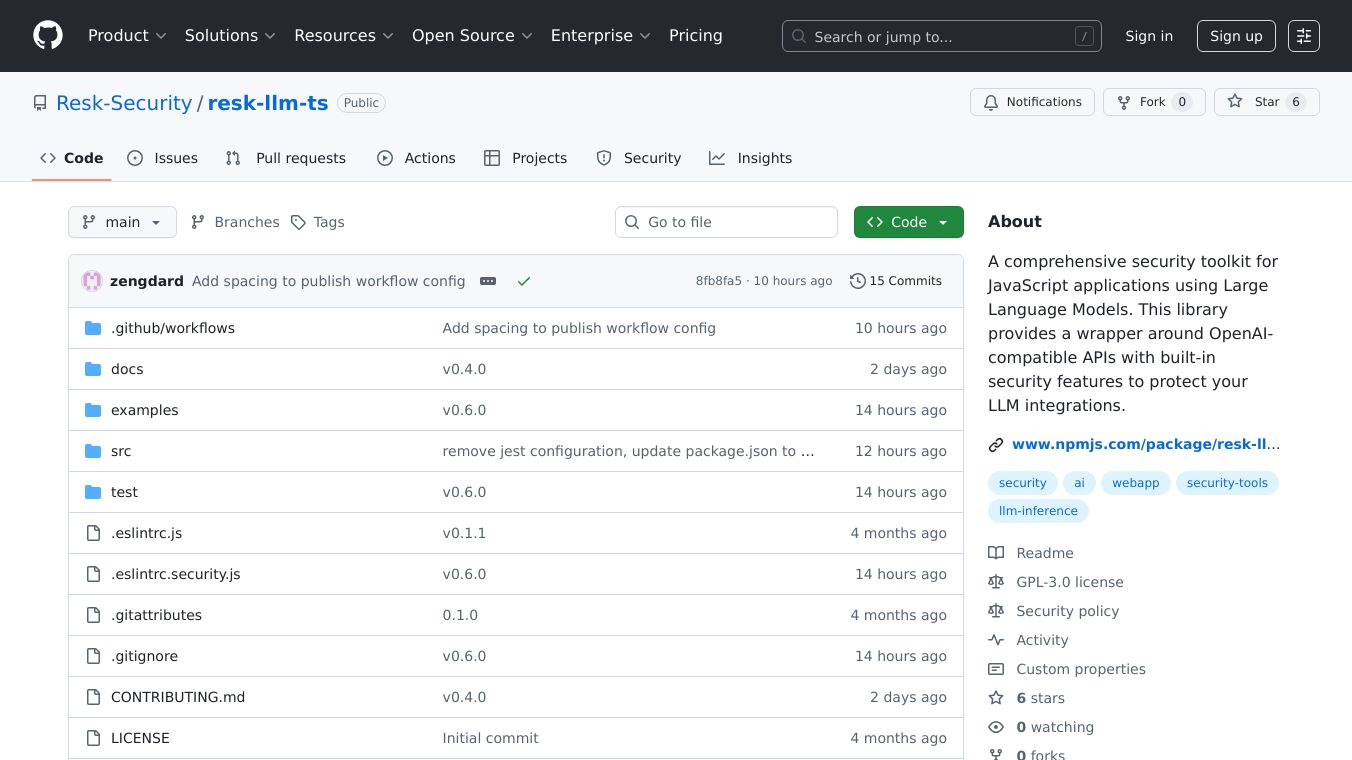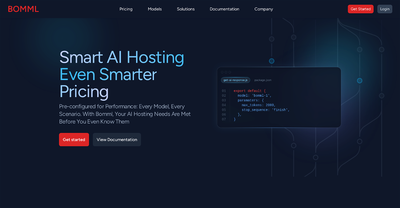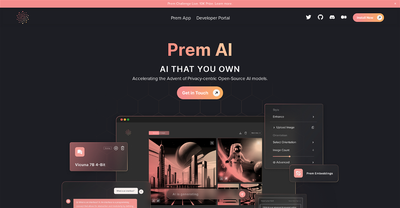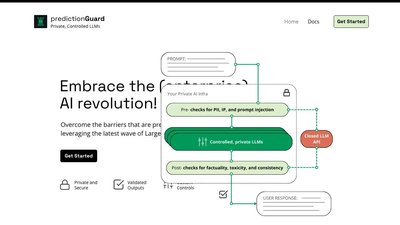Resk LLM TS

Resk LLM TS: A Comprehensive Security Toolkit for Large Language Models
Resk LLM TS is a powerful security toolkit designed to protect Large Language Models (LLMs) in JavaScript and TypeScript environments. It offers robust defenses against prompt injections, data leakage, content moderation, and other security threats. This toolkit supports multiple LLM providers, including OpenAI, Anthropic, Cohere, and HuggingFace, making it a versatile choice for developers and enterprises.
Benefits
Resk LLM TS provides a range of benefits to enhance the security of LLM interactions. Its advanced prompt injection detection helps prevent malicious inputs from compromising the system. Comprehensive content moderation ensures that generated content adheres to specified guidelines, while enhanced PII (Personally Identifiable Information) protection safeguards sensitive data. The custom heuristic rules engine allows for tailored security measures, and enterprise vector store integration enables seamless data management. Real-time alerts keep users informed of potential security issues, and the advanced canary token system adds an extra layer of protection.
Use Cases
Resk LLM TS is particularly valuable in scenarios where enhanced security is crucial. It is ideal for secure chatbots and APIs, safe content generation, secure JS-based agents, internal enterprise tools, and compliance and moderation systems. Whether you are developing a secure chatbot, managing sensitive data, or ensuring compliance with industry standards, Resk LLM TS provides the tools you need to maintain a secure environment.
Additional Information
Resk LLM TS is designed to be one layer in a comprehensive security strategy. It is not a complete solution but should be combined with multiple defense layers for optimal protection. The library is informed by academic research in LLM security and is licensed under the GPL-3.0 license. Contributions are welcome, and support can be sought through GitHub issues. For production deployments, security settings can be defined in a config.json file, ensuring flexibility and ease of use.






Comments
Please log in to post a comment.